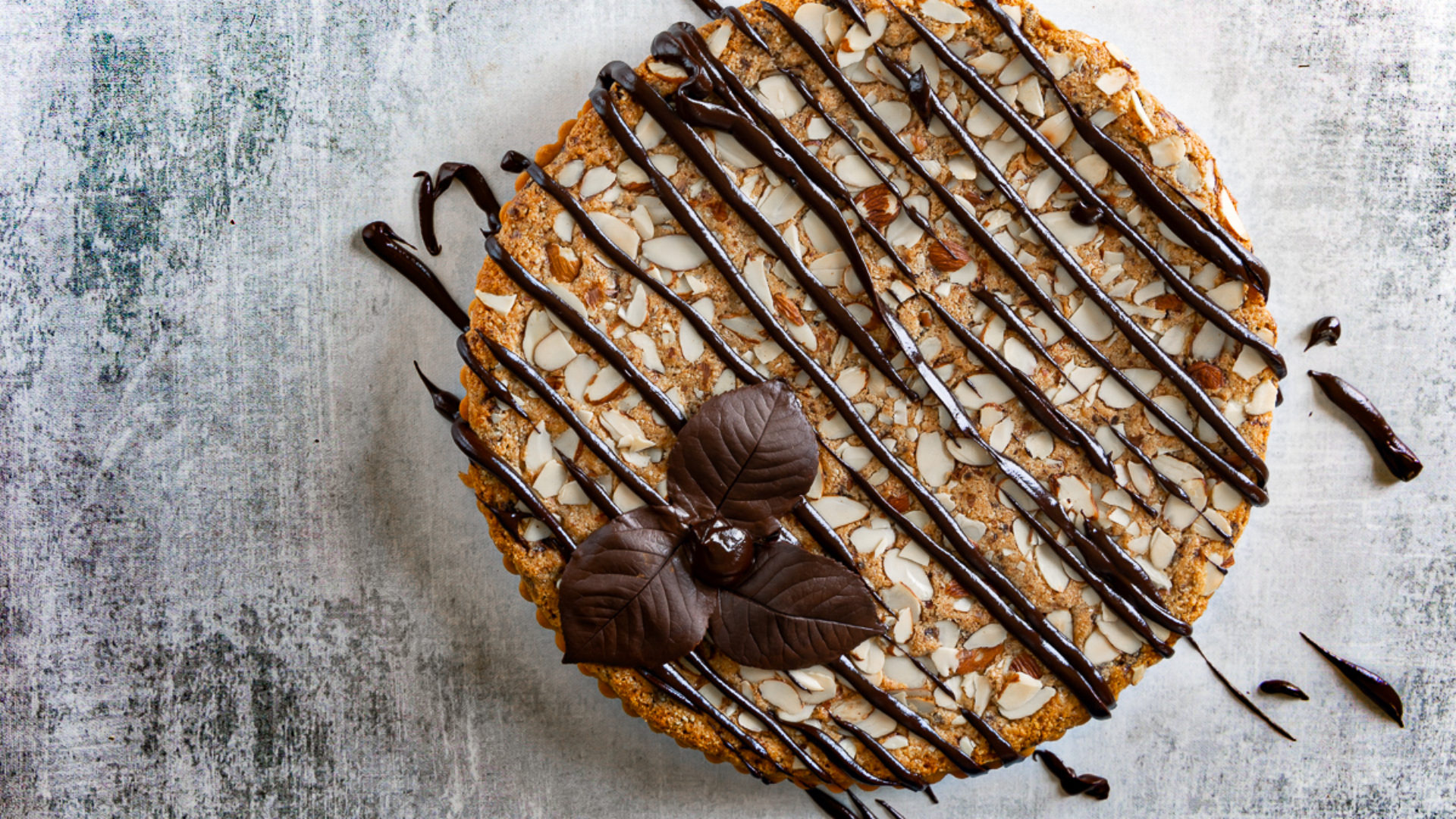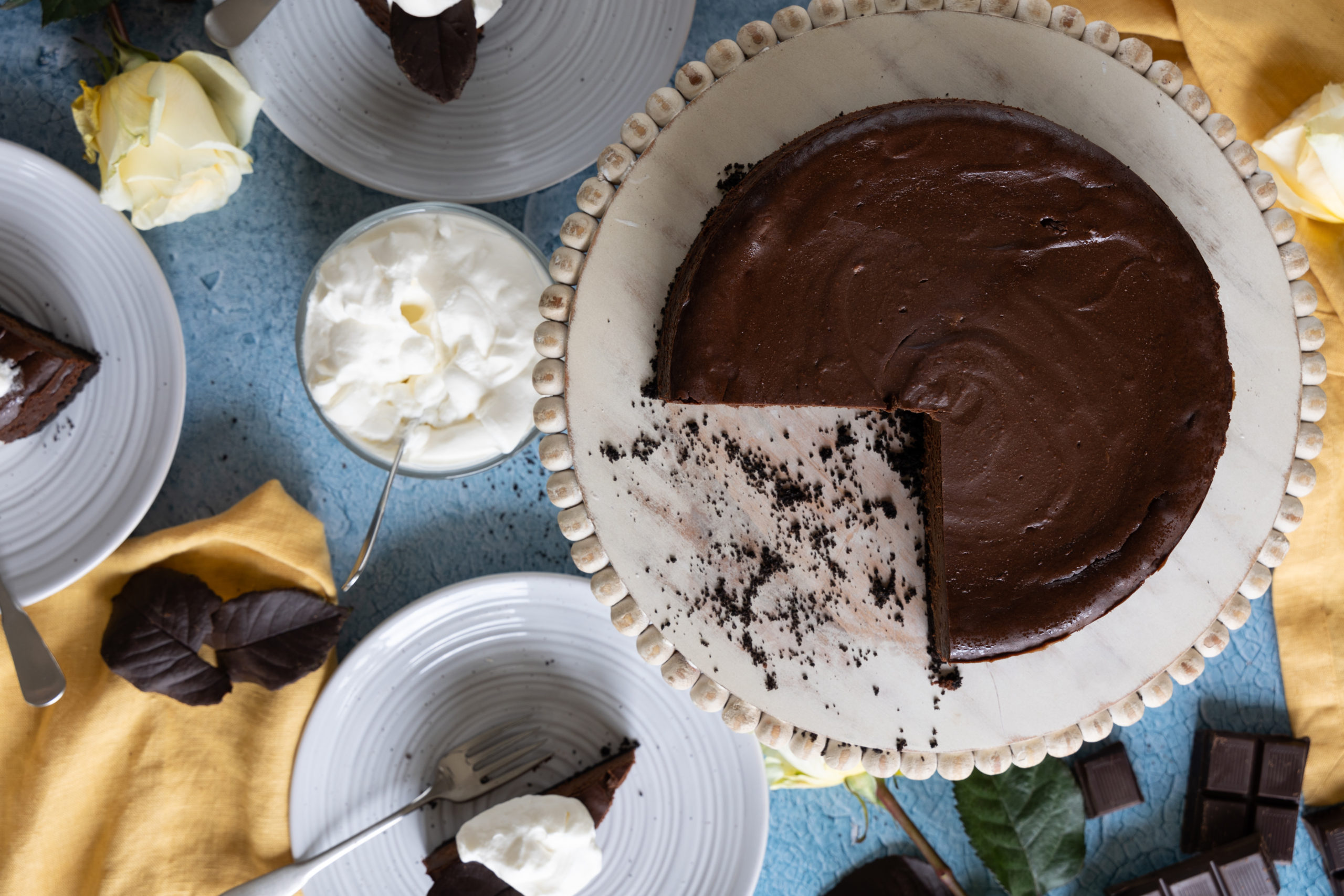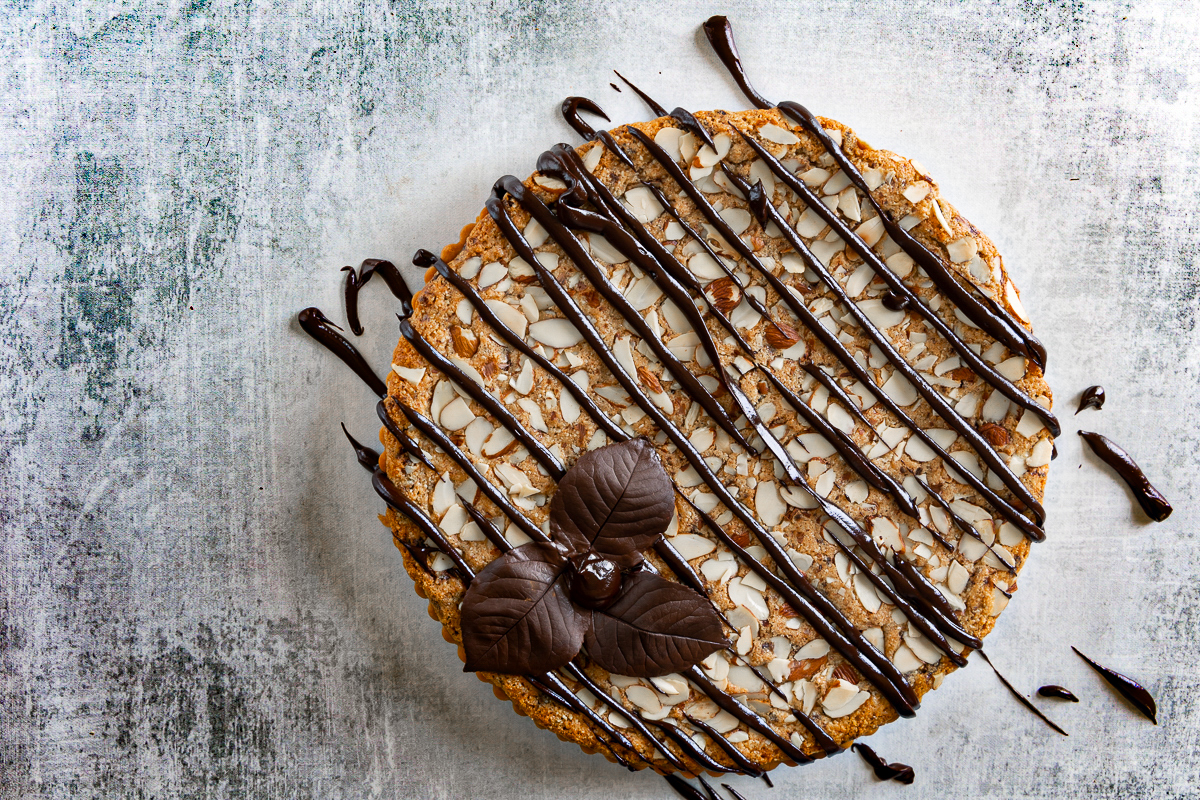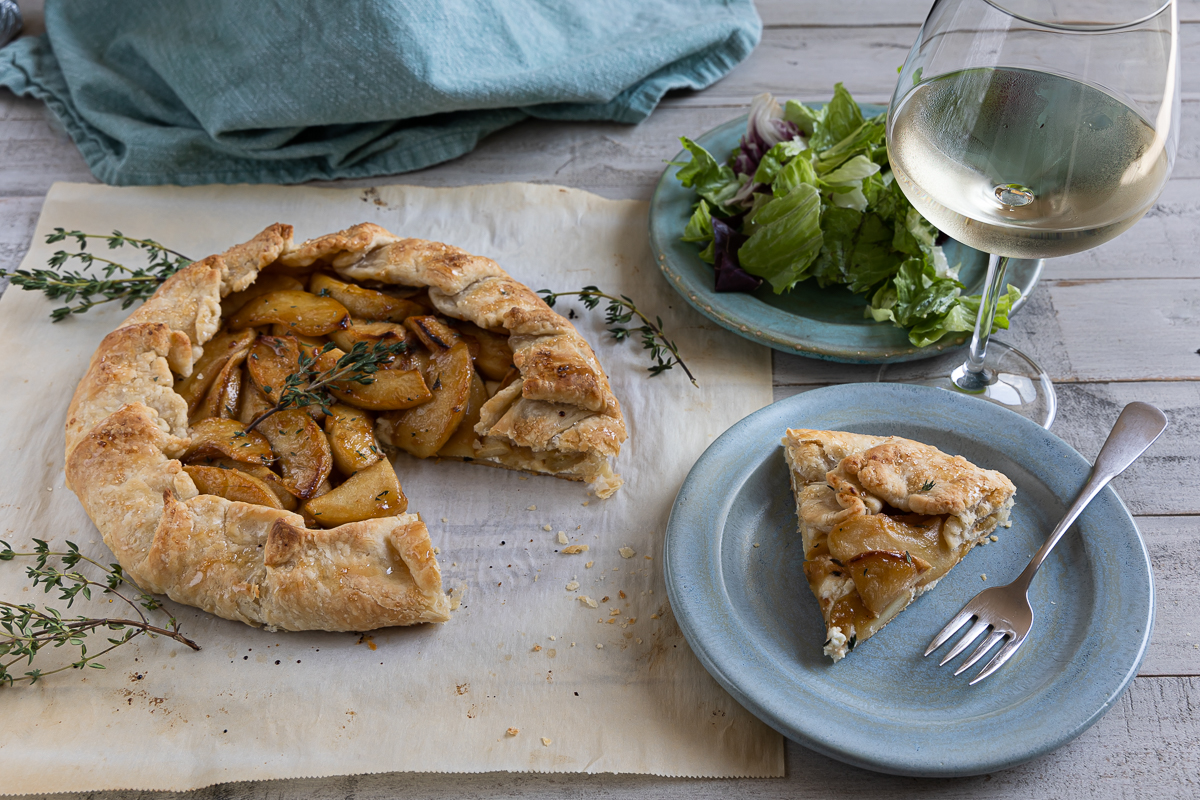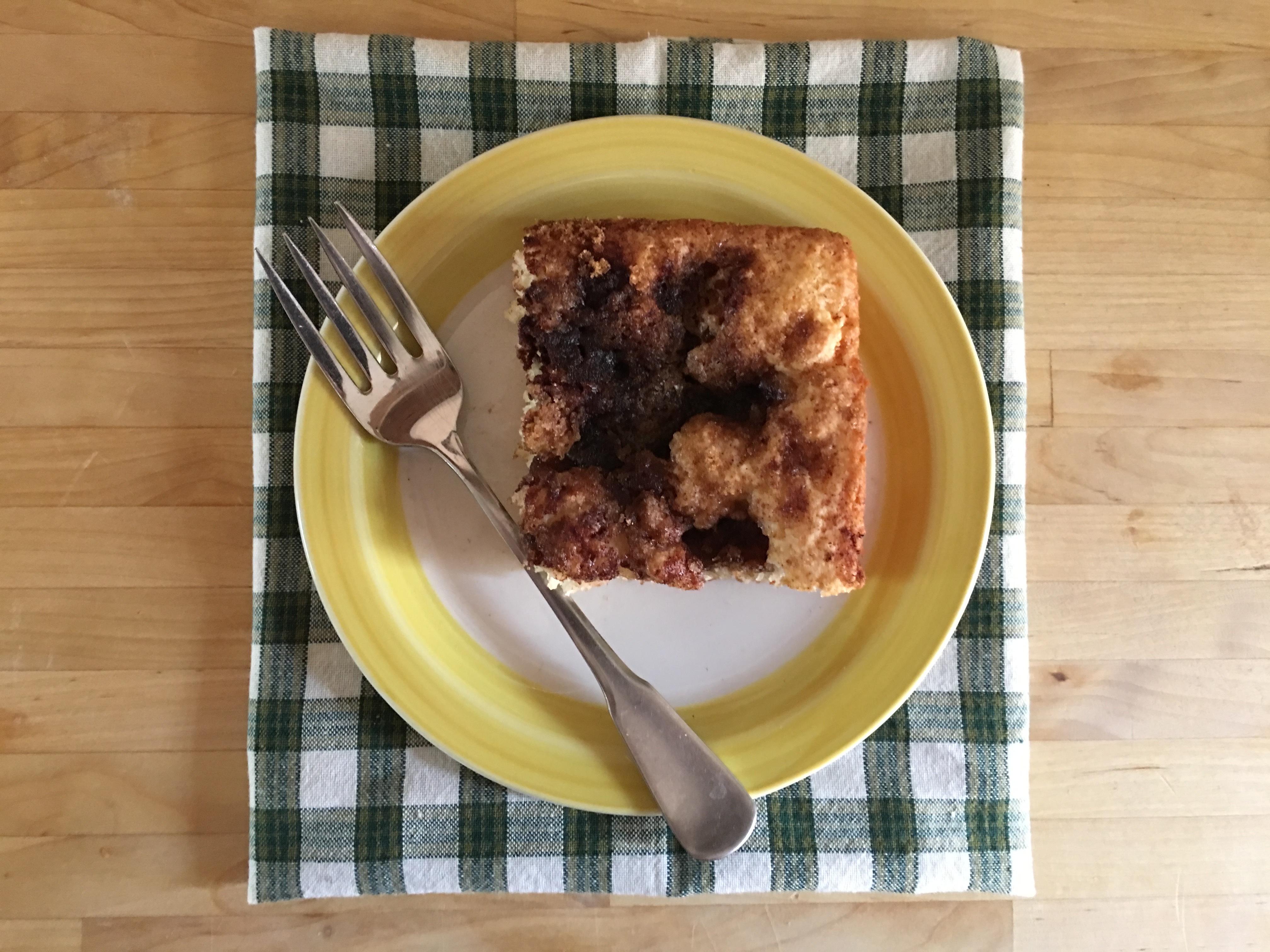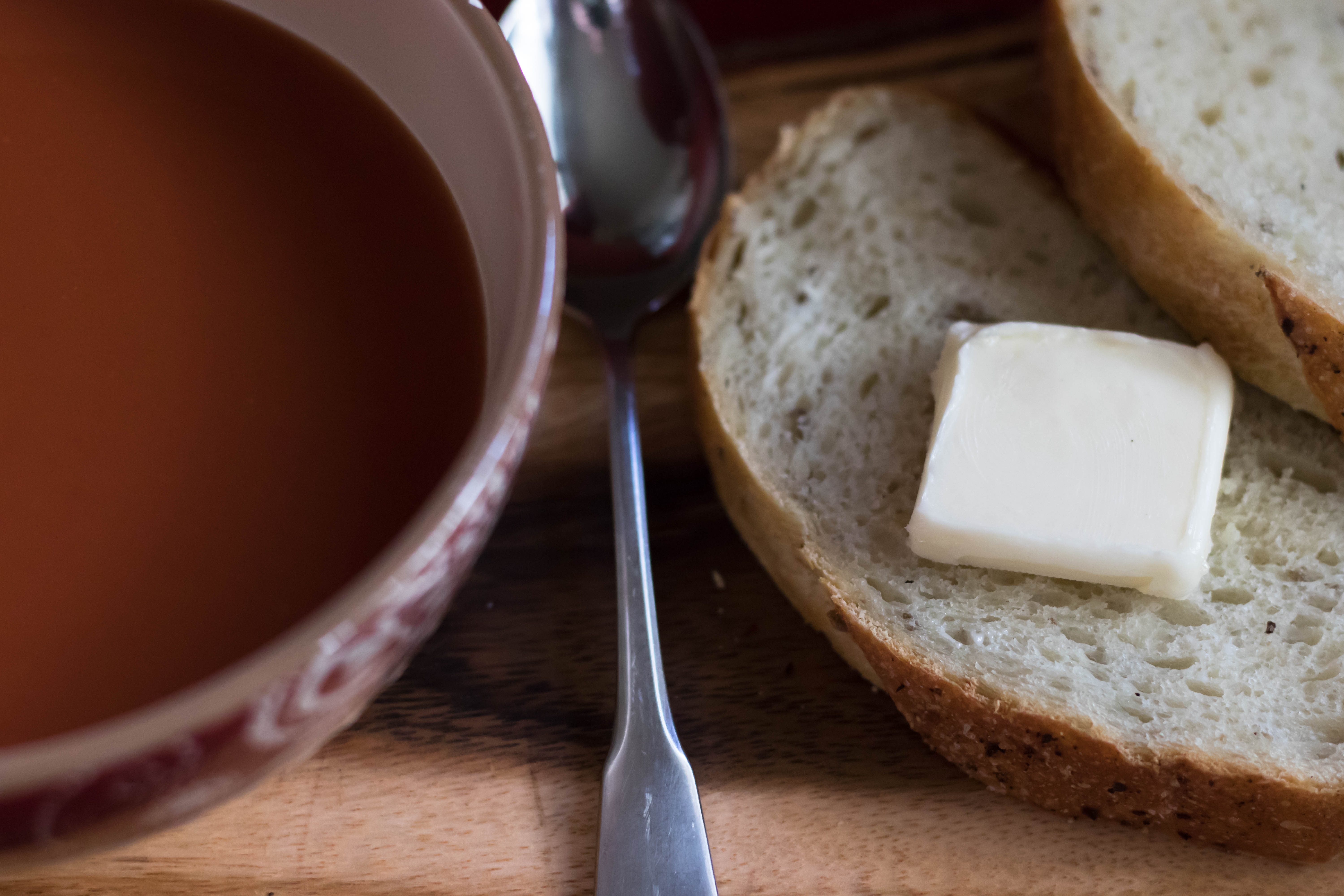Savory, yet amazing with jam, this rustic salt and pepper potato bread is delicious.

Potato bread is one of my favorite breads to bake. It’s hardy and amazingly satisfying to spread with a big hunk of butter. I could eat a whole loaf for lunch. OK, maybe I have tried a few times! In this version, I added salt and pepper, both in and on the crust. It gives this more of a savory side to the flavor. But don’t let that stop you from trying some blackberry jam or even some awesome orange marmalade. Both are delicious on this bread. The salt and pepper also make this bread taste like mashed potatoes.

One of the cool things about this bread is that I left the skin on the potatoes. It’s great to add the flavor and texture, and besides, then you don’t have to peel the potatoes. When you score the skin, just make sure the pieces of the skin will be small enough to distribute throughout the loaf.

This recipe for potato bread is not very difficult, if you follow the directions. It may seem weird how the dough looks when you start. It really looks like pie dough, very dry and crumbly. But as it mixes and pulls out the moisture from the potatoes, it actually becomes very soft and wet. It will be a sticky dough, but easily workable. I’ve made this dough many times, and it works every time.

This dough would be great baked as rolls or in bread pans as well. Though I think it’s best with a hot bowl of tomato soup or used sliced for sandwiches….mmmmm think grilled cheese!. Let me know in the comments below if you make this, and what you have used it for. It really is a very versatile dough.


Rustic loaves of bread crusted with salt and pepper.
- 1 1/2 lbs russet potatoes, scubbed but, not peeled about 3 medium
- 4 teaspoons salt
- 1/2 cup reserved potato cooking water
- 1 tablespoons active dry yeast. You may use one packet
- 2 tablespoons olive oil
- 1/2 teaspoon freshly ground pepper
- 4 3/4 cups bread flour whole wheat would work too
- salt and freshly ground pepper to finish
-
Wash. Score the potatoes in a crisscross pattern across the skin, so when you have the finished loaves, the skin pieces are distributed throughout. Cut the potatoes into 2 inch chuncks, adding them to a lidded 4 quart pot, covering with water, and adding 2 Tablespoons salt.

-
Boil until easily pierced with a fork.
-
Draw off 1/2 C. of the potato water before draining the potatoes, set it aside.
-
Drain the potatoes. Spread out the chunks to cool.
-
When the reserved cooking liquid has cooled to 110°, stir the yeast into the cooled water (below 115 degrees as to not kill the yeast). Allow this to sit for 5 minutes; it will become creamy and start to foam.
-
Meanwhile, turn the cooled potatoes into a mixer bowl fitted with a paddle attachment and mash them. Turn the mixer on low speed and add the dissolved yeast, the pepper, and the olive oil. Mix until well incorporated.

-
Replace the paddle with the dough hook. At low speed add the flour and the remaining 2 t. of salt. Mix on low for 2-3 minutes.

-
Knead and mix for 12 minutes more. Stop after a minute or two to scrape down the bowl to help incorporate all the flour. The dough will be firm at first and soft at the finish. In the beginning it will look so dry you may think you're making piecrust. But as the dough is worked, it will be transformed. It may even look like brioche dough, barely cleaning the sides of the bowl and pooling at the bottom. HAVE FAITH AND KEEP BEATING.

-
After 12 minutes scrape the still slightly sticky dough onto a floured surface.

-
Clean the bowl and coat it with some olive oil.
-
With floured hands gently knead the dough a few times to form a ball. Place the ball of dough in the oiled bowl, turning it over to coat the top surface with a coating of oil.

-
Cover with plastic wrap or a damp towel and set in a warm place to rise for about 30-45 minutes, or until doubled.
-
While the bread is proofing, position a rack on the bottom setting of the oven and fit it with a baking stone or quarry tiles, leaving a border of at least 1" around all sides. If you don’t have a baking stone or steel, you can bake this bread on a cookie sheet.
-
Have a large piece of parchment paper ready, enough to fit both loaves of bread side by side with room to expand and bake.
-
Preheat the oven to 375 degrees F. It will take at least 45 minutes for the baking stone or steel to heat up.
-
When the dough has just doubled, divide the dough in half and flatten each half into a thick disk. Roll it up into a cylinder, pinching the seam to seal. Roll gently, giving more attention to the ends to make into a football shape.

-
Place the shaped loaves, seam side down onto the parchment paper, spaced about 6 inches apart.
-
Let the loaves rise for 20-30 minutes or until noticeably puffy but not yet doubled.
-
Slide the parchment paper with the risen loaves onto a bakers peel. Or if you don’t have the baking stone, slide the risen loaves onto a cookie sheet.
-
Brush the loaves with water and sprinkle with salt and freshly ground pepper. Slash the loaves a couple of times with a lame or a very sharp knife in a diagonal lengthwise.

-
Quickly slide the parchment paper and loaves onto the hot stone (or place the cookie sheet into the hot oven) Very quickly spray the walls of the oven with water or throw a couple ice cubes into the floor of the oven if you want.

-
Let bake for 5 minutes and then spray again. Repeat one more time to help promote a great crust, for a total of 3 sprayings.
-
Bake for 20 minutes keeping the door shut.
-
Open the oven and check the loaves. Turn them if they are cooking uneven. Bake for 15 minutes more, or until the loaves are nicely browned and sound hollow when tapped on the bottom. If you have an instant read thermometer, they should be about 200° in the center.
-
Let cool for at least 45 minutes on a rack. It is hard to resist as warm bread with butter is awesome. But, it will slice easier if the loaves have cooled and the loaves will still be warm enough inside.


